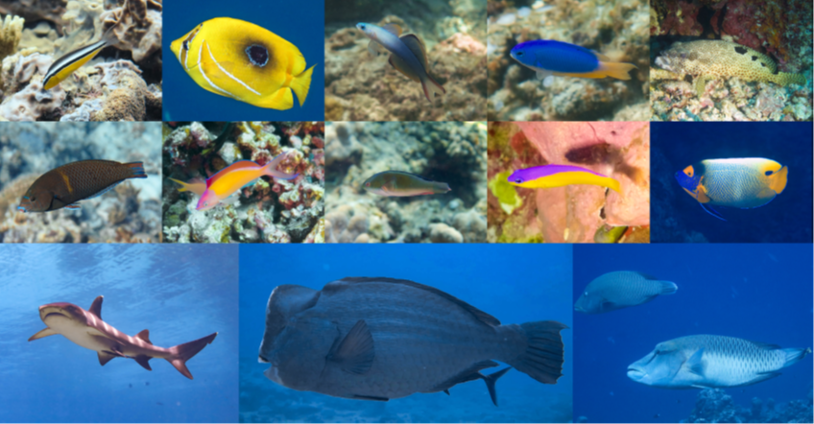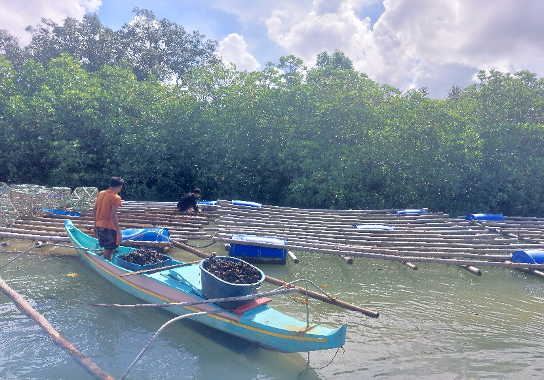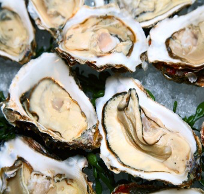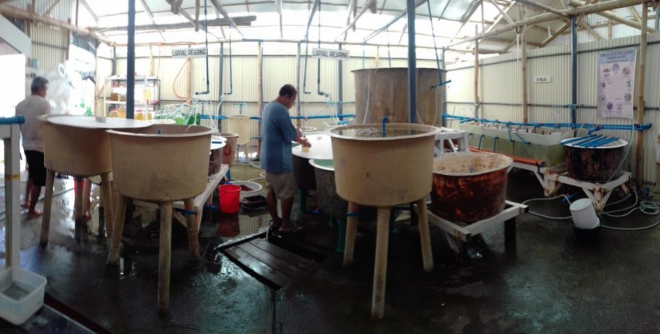Accelerated R&D Program for Capacity Building of Research and Development Institutions and Industrial Competitiveness: Niche Centers in the Regions for Research and Development (NICER): Potato R&D Center
Aeroponics-derived seed potatoes. Image Credit: BSU Potato is the major regional crop of the Cordillera Administrative Region (CAR) particularly in the provinces of Benguet and Mt. Province. According to the Philippine Statistics Authority, 86% of the national potato production in 2018 was from the said region, making it the main potato producer of the country. …










